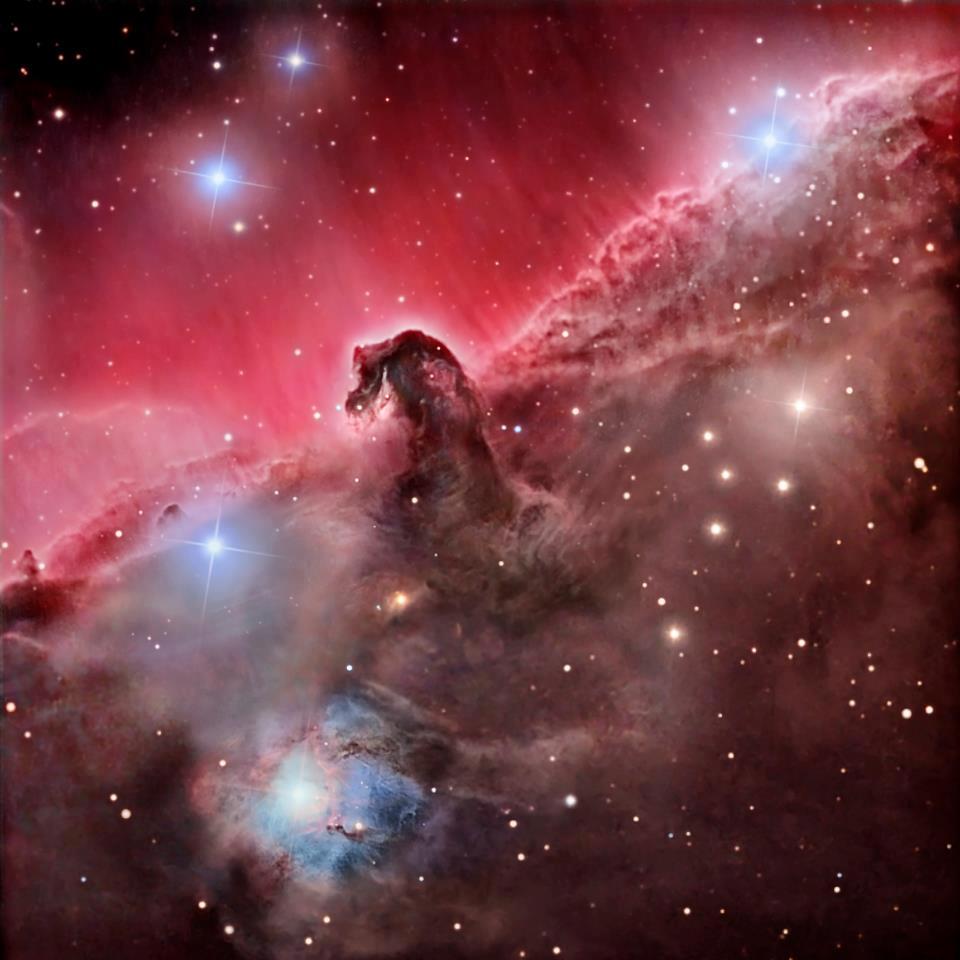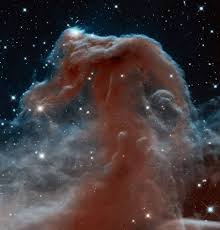
What do you see in this image?

To me, this giant cloud looks a little like the towering troll from The Hobbit (the troll is in the center and its arms are the dust clouds on either side). However, when looking at this nebula, most people see something besides a troll. In fact, this nebula has been named after what people see when they look at it. Any guesses as to what the most fitting name would be?
Ultimately, Pareidolia (in essence, seeing meaningful images from random data) is rather common, and it often has an impact on astronomy.
This cold, dark cloud of gas and dust is the Horsehead Nebula, and it drifts through the cosmos some 1,500 light-years from Earth. It is one of the most well-known astronomical images. It is also one of the most beautiful. First recorded in 1888 by Williamina Fleming, it has become an icon; it captivates everyday citizens as much as it does astronomers. The Hubble images of this swirling mass of material are frequently used on the cover of astronomy books, and the nebula is a favorite target for both amateur and professional astronomers.

As you can see from the image above, when it is viewed in optical light, the Horsehead is dark and shadowy. The dark mass of obscuring dust stands out against the bright, glowing red emission nebula IC 434. However, if you look to the left, you will see that it comes alive when it is viewed at infrared wavelengths. The complex intricacies of the wispy trails of gas are clearly defined and set apart from the inky backdrop of space. The massive arcs look ghostly, with the flaring stars and distant galaxies shining through the pink, dusty mist (and close up, I think it looks even more like a troll) .
Regardless, in each image, the richness of the Horsehead Nebula pops out against the backdrop of Milky Way. Few will deny the beauty of theses images. However, some (like me) will question whether they actually show a horsehead.